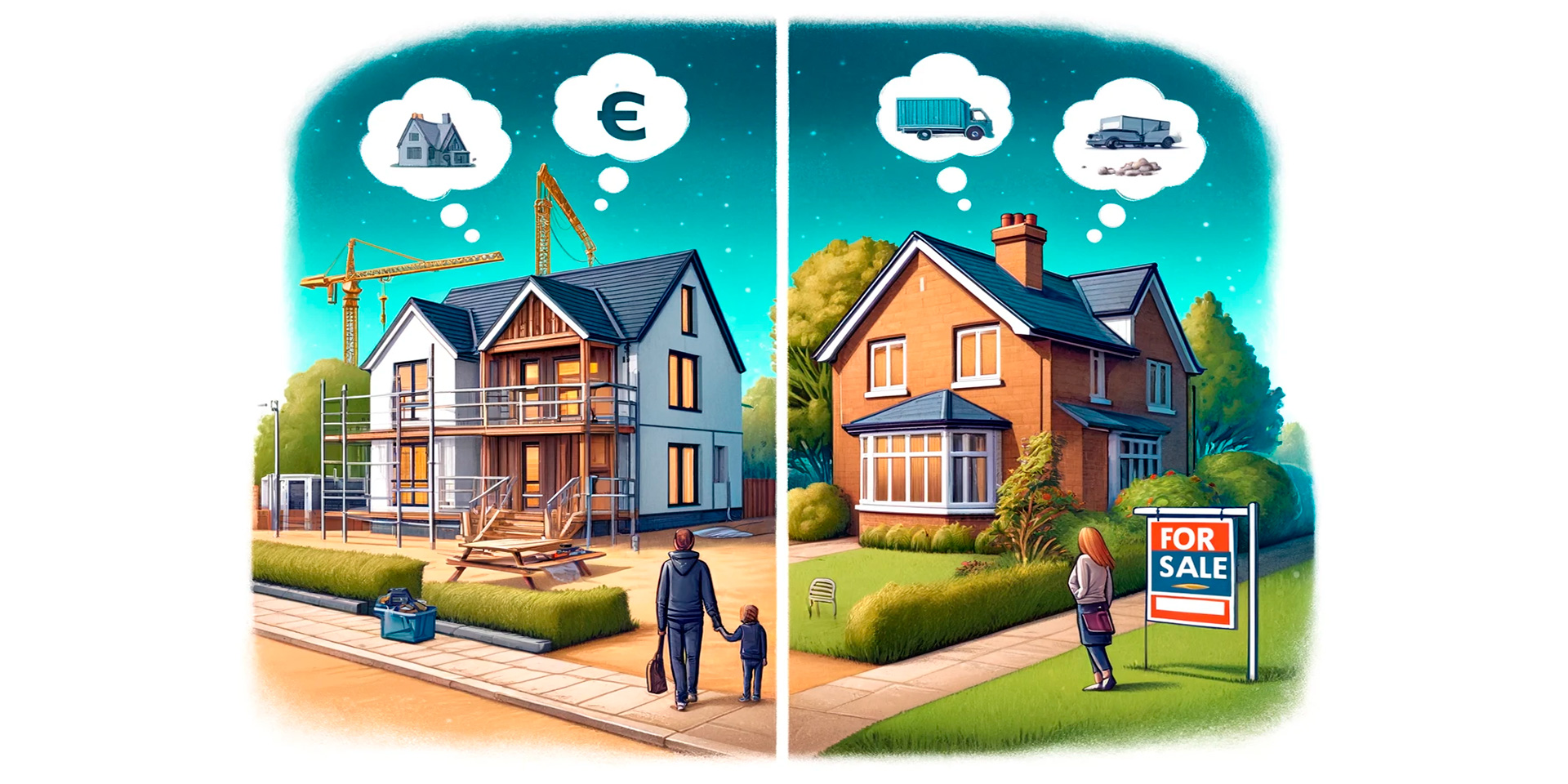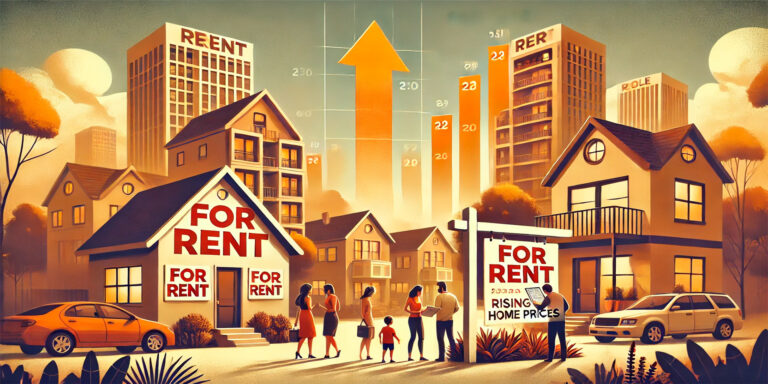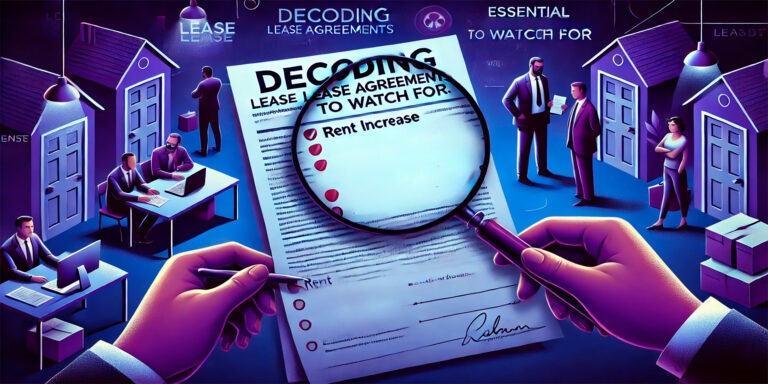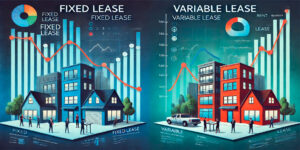When buying a home, one of the biggest decisions you’ll face is whether to purchase a newly constructed property or an existing home. Both options come with their own set of advantages and disadvantages, and understanding these can help you make an informed choice that best suits your lifestyle, budget, and long-term goals. In this article, we’ll explore the key pros and cons of buying a new build versus an existing home to help you determine which option is right for you.
The Advantages of Buying a New Build
Newly constructed homes offer a range of benefits that appeal to buyers who prioritize modern amenities, energy efficiency, and minimal maintenance. For those seeking a move-in-ready home with the latest features, a new build may be the ideal choice.
Modern Features and Customization
One of the most appealing aspects of buying a new build is the opportunity to customize the home to your exact preferences. Many builders offer buyers the chance to choose finishes, layouts, and upgrades during the construction process. This means you can design a home that suits your style, from selecting countertops and flooring to configuring room layouts. Additionally, new builds often come with the latest in-home technology, such as smart home systems, advanced security features, and energy-efficient appliances, which can add both convenience and value to the property.
Energy Efficiency
Energy efficiency is another significant advantage of new builds. Modern construction techniques and materials are designed to meet stricter energy codes, which means new homes are generally more energy-efficient than older ones. Features such as better insulation, double-pane windows, energy-efficient HVAC systems, and solar panel options can help reduce utility costs and create a more environmentally friendly home. Over time, the energy savings from a new build can add up, making it a smart long-term investment for cost-conscious buyers.
Lower Maintenance and Warranty Protection
One of the major advantages of buying a newly constructed home is that everything is brand new, which translates to lower maintenance needs compared to an older home. You won’t have to worry about replacing aging appliances, roofs, or plumbing systems for years. Many new homes also come with builder warranties, covering structural defects and other potential issues for a set period. This added peace of mind can save you money on repairs and upkeep in the first few years of homeownership.
Modern Safety Standards
New homes are built according to current building codes and safety regulations, offering buyers the assurance that the property meets the latest standards. These homes are equipped with modern electrical systems, fire safety features, and materials that are less likely to contain hazardous substances like lead paint or asbestos. For safety-conscious buyers, the adherence to these modern standards is a significant advantage.
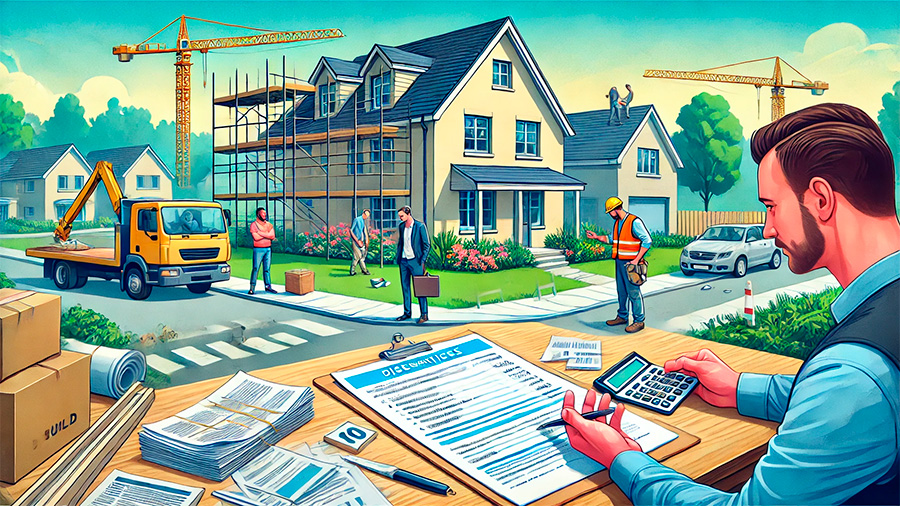
The Disadvantages of Buying a New Build
While new builds offer numerous benefits, there are also some downsides to consider. From higher costs to limited availability in established neighborhoods, new homes may not always be the best fit for every buyer.
Higher Price Tag
Newly constructed homes often come with a higher price tag compared to existing homes. The costs of modern amenities, customizable features, and energy-efficient systems are often reflected in the asking price. Additionally, if you’re building from scratch, unexpected costs such as upgrades, lot premiums, and landscaping expenses can add up quickly. Buyers on a tight budget may find that existing homes offer more square footage or desirable locations for a lower price.
Limited Negotiation on Price
When buying a new build, there is typically less room for negotiation on price compared to purchasing an existing home. Builders often set fixed prices for new developments, and while they may offer incentives such as covering closing costs or including upgrades, the overall price is usually non-negotiable. This can be a disadvantage for buyers looking to get a deal, especially if they’re accustomed to negotiating in the resale market.
Construction Delays
Another potential downside to buying a new build is the possibility of construction delays. If you’re purchasing a home that’s still under construction, weather issues, material shortages, or labor challenges could push back your move-in date. For buyers with strict timelines, these delays can be frustrating and may even require temporary housing solutions until the home is complete.
Lack of Established Character and Community
New builds, particularly those in large developments, can sometimes lack the charm and character found in older, established homes. Many new developments are designed with uniformity in mind, and it may take several years for the neighborhood to develop a sense of community. Additionally, new developments are often located on the outskirts of cities, meaning you may be farther from schools, workplaces, and amenities compared to established neighborhoods in city centers.
The Advantages of Buying an Existing Home
Existing homes come with their own set of benefits, including location, price flexibility, and architectural character. For buyers who value established communities or historical charm, an existing home may be the better option.
More Affordable Purchase Prices
In many markets, existing homes tend to be more affordable than newly constructed ones. This price difference can allow buyers to get more square footage or a better location for their money. Additionally, existing homes often come with landscaping and mature trees already in place, saving buyers from having to invest in these features.
Location in Established Neighborhoods
One of the main advantages of buying an existing home is the opportunity to live in an established neighborhood. These areas often have a well-developed sense of community, mature landscaping, and proximity to schools, parks, and other amenities. For buyers who prioritize location over modern features, an existing home in a desirable neighborhood may offer greater convenience and lifestyle benefits.
More Negotiation Power
When buying an existing home, buyers often have more flexibility to negotiate on price, closing costs, and repairs. Sellers may be motivated to close quickly due to job relocations, financial pressures, or the need to move into a new home themselves. This can create opportunities for buyers to negotiate a better deal or request concessions, such as repairs or updates, as part of the sale.
Unique Architecture and Character
Many buyers are drawn to existing homes because of their unique architectural styles and character that can be difficult to replicate in new builds. Older homes may feature charming details like hardwood floors, built-in cabinetry, and period architecture that give the property a distinct personality. For buyers who appreciate history and craftsmanship, an existing home can offer more charm and individuality than a newly constructed house.
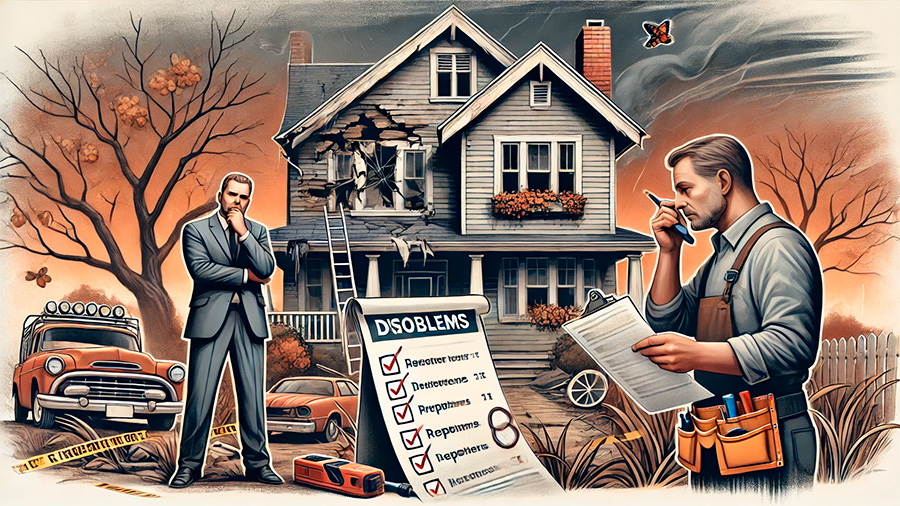
The Disadvantages of Buying an Existing Home
While existing homes can offer affordability and charm, they also come with some potential downsides, including higher maintenance costs and the need for updates.
Higher Maintenance and Repair Costs
One of the biggest drawbacks of buying an existing home is the potential for higher maintenance and repair costs. Older homes may require updates to major systems like plumbing, electrical wiring, or roofing. Even cosmetic updates, such as painting, replacing flooring, or upgrading appliances, can add to the overall cost of purchasing the home. Buyers should be prepared for ongoing maintenance and possible repairs that come with owning an older property.
Energy Efficiency Concerns
While many existing homes have been retrofitted with modern appliances and systems, they generally lag behind new builds in terms of energy efficiency. Older homes may have less insulation, single-pane windows, and outdated heating or cooling systems, leading to higher energy bills. Buyers interested in lowering their carbon footprint or reducing utility costs may need to invest in energy-efficient upgrades for an existing home.
Less Opportunity for Customization
Unlike new builds, which allow for customization throughout the construction process, existing homes come as they are. Buyers may find that the layout or design of the home doesn’t perfectly match their preferences, and renovations can be costly. While some cosmetic changes, such as repainting or updating light fixtures, are relatively simple, larger renovations—like knocking down walls to create open floor plans—can be expensive and time-consuming.
Potential for Outdated Systems
Older homes are more likely to have outdated systems that need to be replaced or upgraded. This can include everything from electrical and plumbing systems to HVAC units and roofs. While some issues may be uncovered during the home inspection, others may not become apparent until after the purchase. Buyers should be prepared for unexpected repair costs and factor these into their budget when purchasing an older home.
Conclusion: Which Option is Right for You?
Ultimately, the decision between buying a new build or an existing home comes down to your individual preferences, budget, and long-term goals. New builds offer modern amenities, energy efficiency, and minimal maintenance, but they often come with a higher price tag and fewer opportunities for negotiation. Existing homes, on the other hand, tend to be more affordable, offer unique charm, and are located in established neighborhoods, but they may require more maintenance and updates.
By carefully weighing the pros and cons of each option, you can choose the home that best fits your lifestyle and financial situation.

